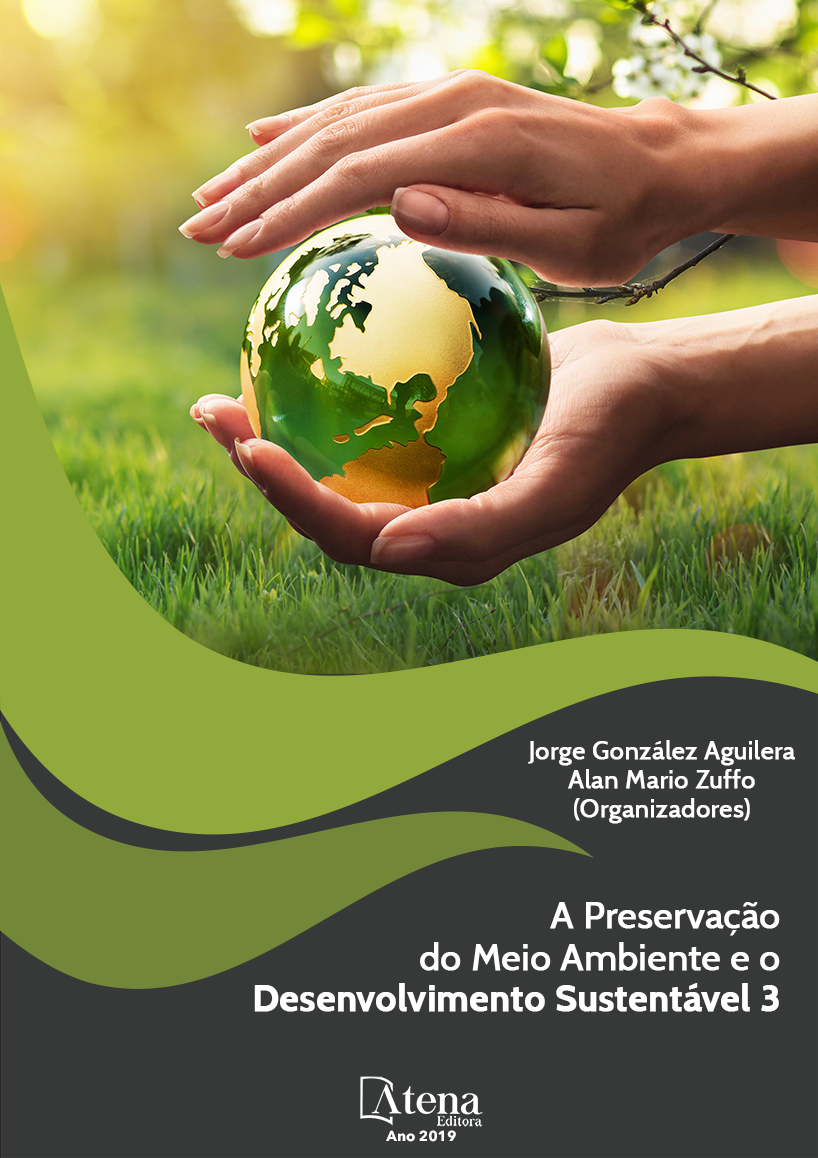
QUINTAIS URBANOS E O PROCESSO DE APRENDIZAGEM SOBRE A DIVERSIDADE VEGETAL
O presente estudo objetivou utilizar quintais urbanos como um espaço de aprendizagem promovendo a associação entre os saberes e a dinamização das práticas pedagógicas por meio do levantamento da biodiversidade vegetal, bem como estabelecer uma relação de parceria entre as instituições de educação básica e ensino superior, por meio de intercâmbio entre os agentes educacionais. A coleta de dados ocorreu em junho de 2018, sendo realizada por meio de visitas em quintais urbanos de alunos do ensino médio regular da Escola Estadual Rui Barbosa, município de Alta Floresta/MT. Durante a visita, por meio de conversa informal, realizou-se a identificação das etnoespécies ali presentes e sua utilização. Os dados obtidos foram tabulados em planilhas do Excel (2007), sendo registradas 50 etnoespécies vegetais para fins ornamentais, medicinais e alimentícios, classificadas em 31 famílias botânicas. Neste estudo, as famílias com maior representatividade foram Myrtaceae, com seis etnoespécies, seguida por Anacardiaceae, Araceae, Rutaceae e Solanaceae, com três etnoespécies cada. Embora os quintais analisados se localizem na área urbana do município de Alta Floresta, a variedade de espécies vegetais encontradas indica que a comunidade mantém uma relação com a natureza, evidenciando a importância dos quintais para conservação e propagação da diversidade de espécies vegetais e utilização como espaços não formais de aprendizagem.
QUINTAIS URBANOS E O PROCESSO DE APRENDIZAGEM SOBRE A DIVERSIDADE VEGETAL
-
DOI: 10.22533/at.ed.38919140824
-
Palavras-chave: Etnobotânica. Saber ambiental. Conservação da biodiversidade.
-
Keywords: Ethnobotany. Environmental know. Biodiversity conservation.
-
Abstract:
This study aimed to use urban backyards as a learning space promoting the association between knowledge and the dynamization of pedagogical practices through the survey of plant biodiversity, as well as establishing a relationship of partnership between the institutions of basic education and higher education, through exchanges between educational agents. Data collection occurred in June 2018, and was carried out through visits in urban backyards of regular high school students of the Rui Barbosa State School, municipality of Alta Floresta/MT. During the visit, by means of informal conversation, carried out the identification of the ethnospecies present and its use. The data obtained were tabulated in Excel spreadsheets (2007), and 50 plant ethnospecies were registered as ornamental, medicinal and food purposes, classified in 31 botanical families. In this study, the families with the highest representativeness were Myrtaceae, with six ethnospecies, followed by Anacardiaceae, Araceae, Rutaceae and Solanaceae, with three species each. Although the analyzed backyards are located in the urban area of the municipality of Alta Floresta, the variety of plant species found indicates that the community maintains a relationship with nature, evidencing the importance of the backyards for the conservation and propagation of the diversity of plant species and learning spaces non-formal.
-
Número de páginas: 15
- Uéliton Alves de Oliveira
- Ana Aparecida Bandini Rossi
- Jean Carlos Silva
- José Martins Fernandes
- Vantuir Pereira da Silva
- Alex Souza Rodrigues
- Eliane Cristina Moreno de Pedri
- Oscar Mitsuo Yamashita
- Elisa dos Santos Cardoso


